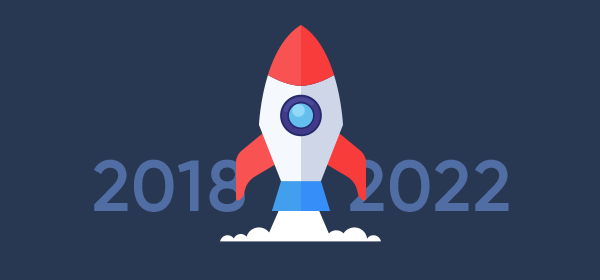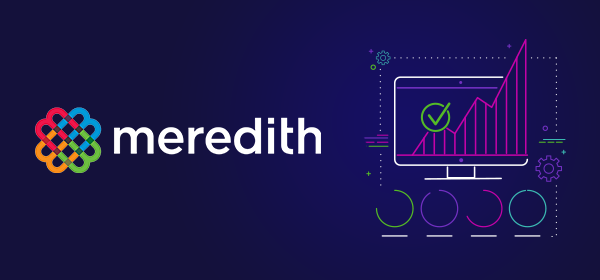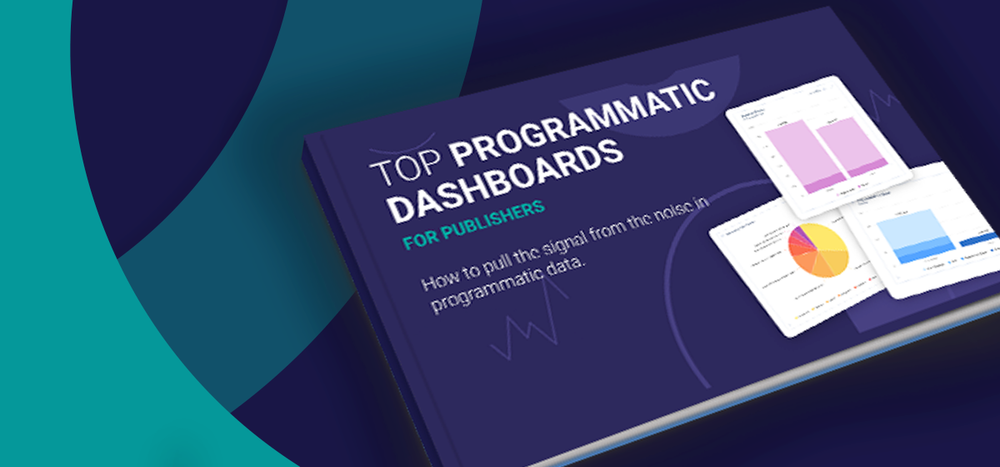Being competitive in your marketplace requires immediate and ongoing action. Transcending operating at just a competitive level, stepping up to the position of market leader, necessitates a comprehensive combination of acting now as well as planning future actions. In other words, your knowledge of what you need to do today should be equal to your awareness of what you need to be doing years from now. Here’s what to expect in the next five years in digital advertising.
Data as a Product for Internal Analysis and External Benchmarking
Data is a virtually limitless entity. Every action online creates data. The same is quite often true for offline nowadays since the Internet of Things (IoT) means we’re almost always never completely offline. Data byproducts have been used as primary products for years now. In fact, data is a $300 billion-a-year industry. Traditionally, data as a product has largely been offered for marketing and advertising purposes to identify specific customers, predict their behavior, and make recommendations for future actions.
We’re starting to see another major application emerging from data as a product—internal analysis and benchmarking. Aggregated anonymous data is starting to be used to research, plan, develop, execute, and improve features, products, services, and operations. The driving force behind aggregated data’s ability to support and enable those accomplishments is the intelligence it delivers as a continuous improvement tool. It allows organizations to learn elements of their operations, which wouldn’t otherwise be discoverable. Organizations can unearth priceless performance KPIs, trends, patterns, and behaviors that have traditionally been buried beneath previously impenetrable data chaos.
Data for internal analysis: Aggregated data provides a unique, custom view into, throughout, and around operations, informing which actions will best benefit the organization, allowing the company to fix, maintain, optimize, and even forecast.
Data for external benchmarking: Automated aggregated data allows an organization to compare itself to others. From the inside only, an organization could appear to be running at 100 percent efficiency and effectiveness. However, even at 100 percent, an organization could still fail to dominate its market segment. It could prove to be that the 100 percent is only true internally. Similarly, that 100 percent might be in the wrong place, with the 100 percent existing in department A, when in fact the organization needs to build department B in order to compete in their market.
The tricky part is that not every organization is able to aggregate its own data. This process often requires the help of a third party. This means companies will need to extend significant trust to an outside organization in order to consume and act on its own valuable data. Conducting extensive credibility checking and vetting can help you navigate the potential perils here. You may also inquire with the vendors you’re already working with, as one of them may actually offer a data service you’re currently unaware of. This would allow you to work with someone you already know you can trust.
We may also start to see publishers teaming up to share audience data as a cooperative. It’s easy to assume this will never happen. As in, why share vital data with competitors? Because there will inevitably be segments of data inaccessible by some, but accessible by others, and visa versa. Sharing could help a publisher penetrate a long sought-after market, one that wasn’t a good operational fit/match for another publisher, thereby removing the competition factor and making it suitable to share.
Mobile Advertising’s Complete Domination Over Desktop
It’s no surprise that mobile advertising has been consistently and speedily closing the gap between its desktop counterpart. What’s worth noting is the confident projection that mobile advertising will be the single largest advertising platform by 2020. That means you should no longer design your website and ads for desktop first, repurposing and reformatting for mobile after. All your advertising efforts need to adapt to be mobile first.
Google has already started penalizing websites for not being mobile friendly, so you already have sufficient motivation. More so, since a great majority of your audience will be using their mobile devices to find, research, and buy from you, you want to make sure you’re optimizing their experience. This isn’t to say that the desktop version of websites will be completely going away any time soon. It’s still important to design a clean and user-friendly desktop version of your website. But the majority of your design, advertising, and marketing budget should focus on the quality of your customers’ mobile experience. This is something that should be embraced, not feared. Mobile advertising provides limitless, ideal opportunities to personalize your digital advertising, which means you have endless opportunities to serve relevant, penetrating ads.
Ad Experience and Ad Blocking
You could have the best product or service in the world, but it’s possible that few will ever know about it if you’re guilty of poor ad experiences. That’s because Google is doubling their efforts to crack down on bad ad experiences, which are measured by the combination of site layout and behavior, as well as content and ads that your users are exposed to.
Why is Google punishing us? While Google may seem like an unfeeling wrath-wielding beast at times, we must remember that its primary motivation is to provide high-quality experiences to end users. Therefore, don’t look at Google as judge, jury and executioner. Instead, consider Google as more like a consultant since their guidelines do help to cultivate happy customers. Happy customers pay higher prices, purchase larger quantities, buy more often, and are more loyal. Updating and adapting to Google’s ad experience requirements will incur some front-end costs and time expenditures, but will prove to be completely worthwhile long term.
Together, Google and Facebook controlled 76 percent of internet advertising growth in 2016. In 2017, Google and Facebook now account for virtually all growth in digital ads. Why should you care? If your digital advertising doesn’t satisfy their guidelines, you’re going to be pushed out of the market.
Fortunately, you can be proactive about the ad experiences you deliver by reading Google’s guidelines and running your website through the Google Ad Experience Report to discover and fix issues.
Contextual Relevance Overtakes Previous Generation of Native Ads
Tasked with both advertising across devices and maintaining quality ad experiences, businesses will be increasingly adopting native advertising. This is where the advertisement is considered to be secondary to the primary message being conveyed. Nonetheless, it achieves impact through its direct association with valued content. Native advertising spans all platforms. For example, in offline and online print, you may hear of it referred to as an advertorial, the combination of advertisement and editorial.
If we look at Buffalo Bill’s use of Sitting Bull on his posters, we can see native advertising has been in play since the 1800s and possibly even earlier. But native advertising has come a long way from mass application, even transcending the more recent advertorials and branded content. We’ll be seeing a steadily increasing trend toward whole ad campaigns being built around the user experience. Achieve the right contextual relevance and you’ll enhance brand engagement without disaffecting the consumer. Since users vary significantly, and a number of factors influence behavior and perception, contextual-relevance advertising will continue to be a fluid, oft-morphing medium. But with careful consideration, ongoing vigilance, and willingness to try new variations, tomorrow’s contextual native advertising can help you penetrate and stay in front of your market.






